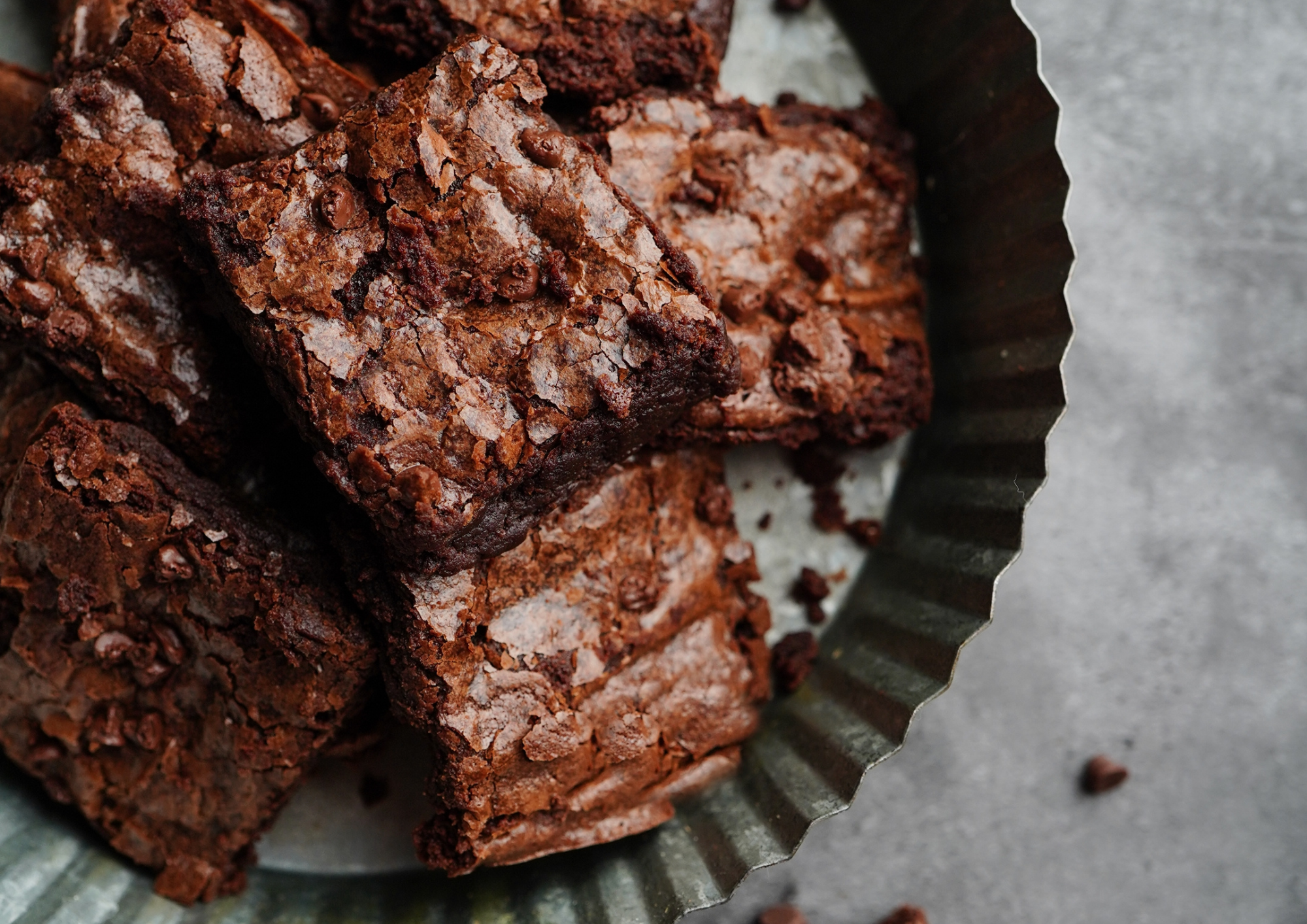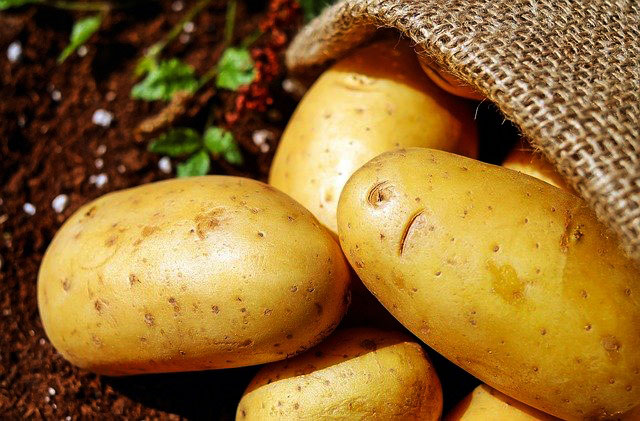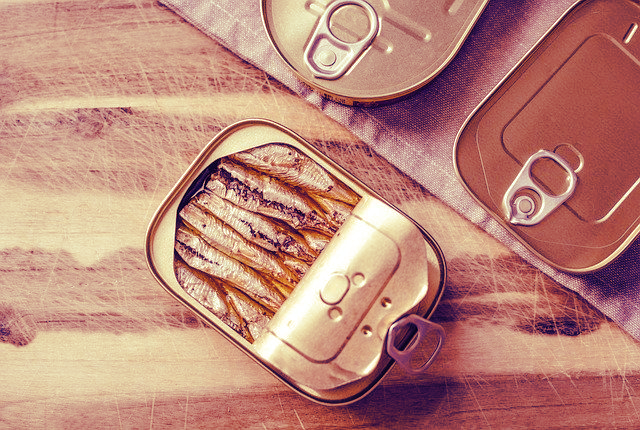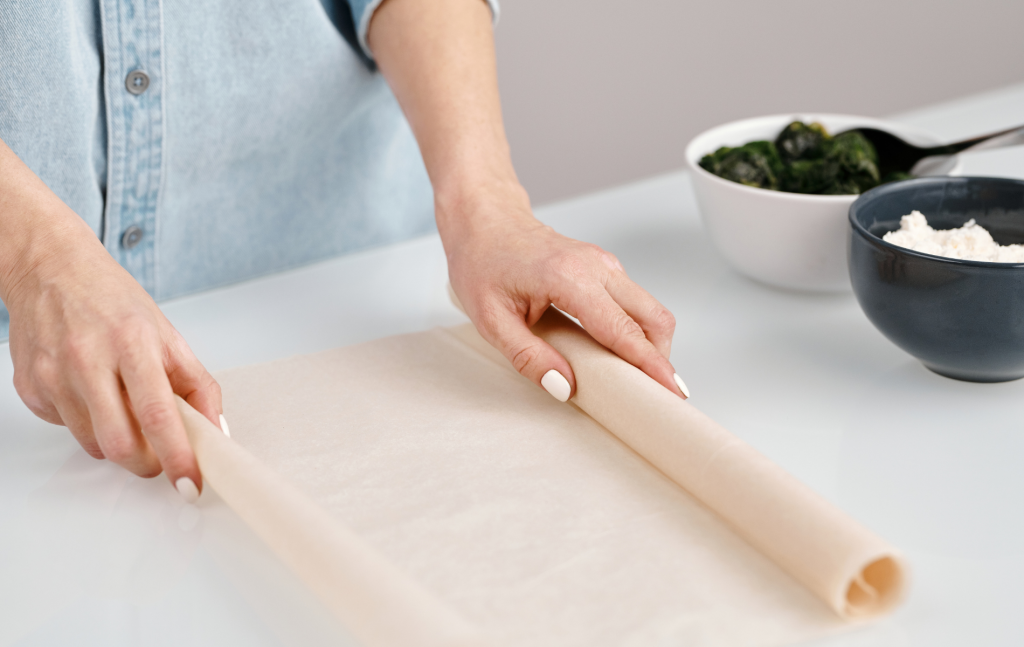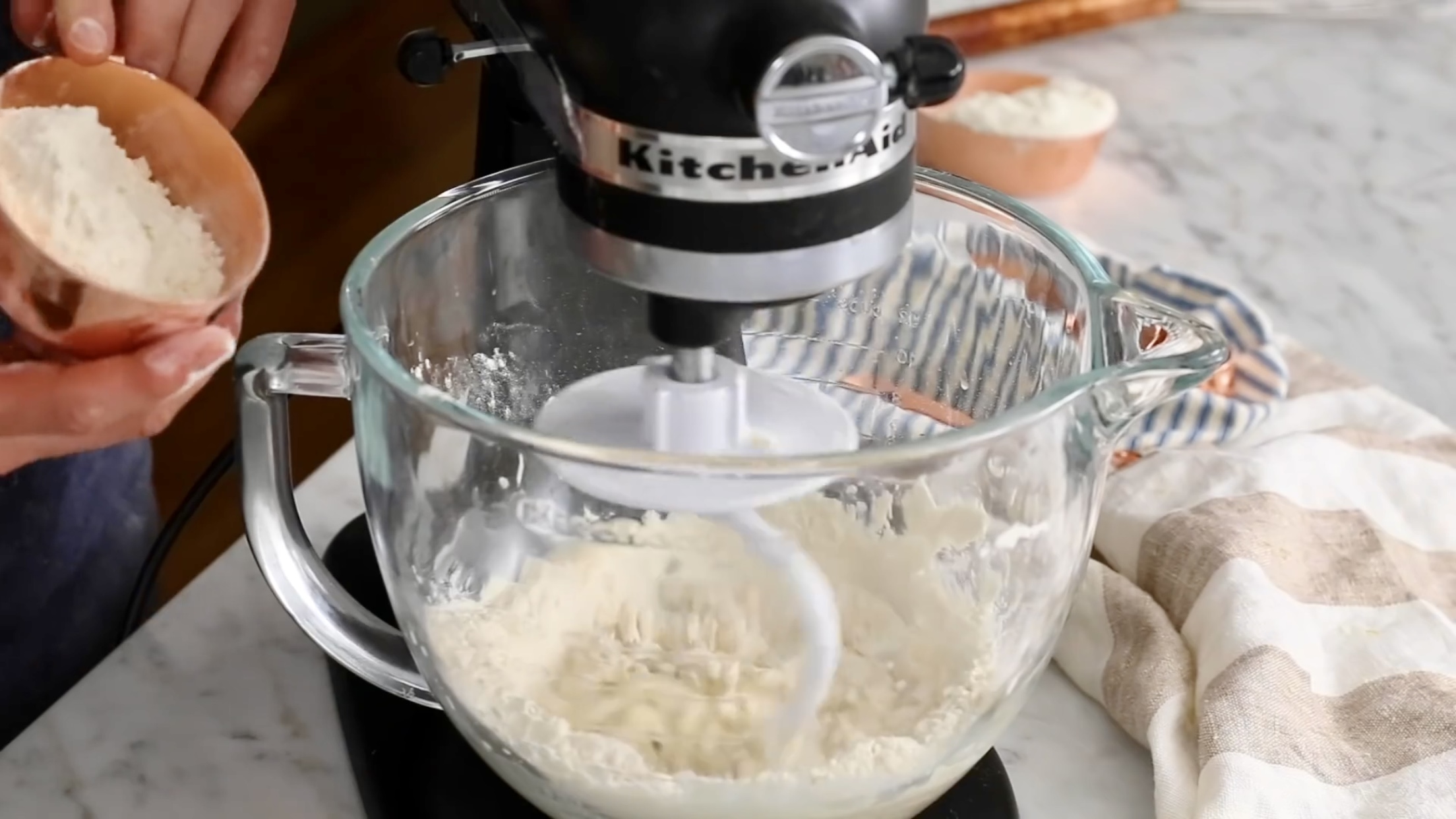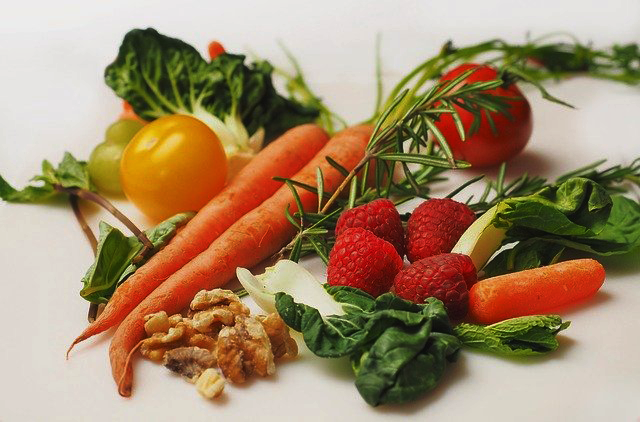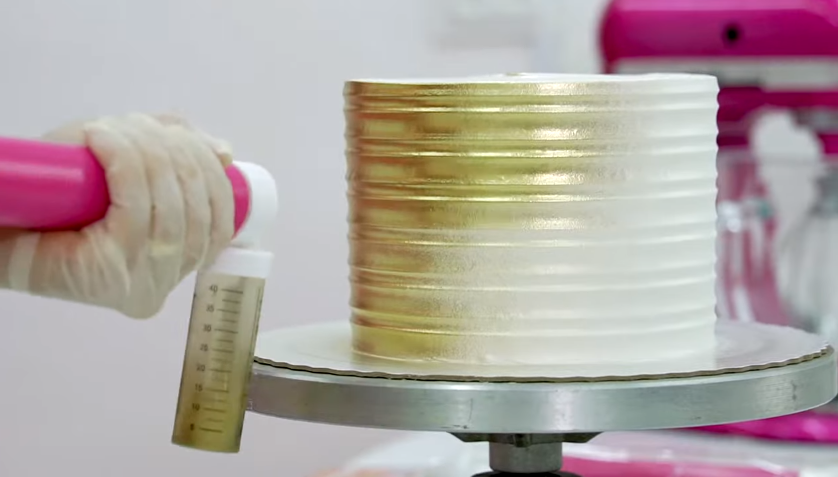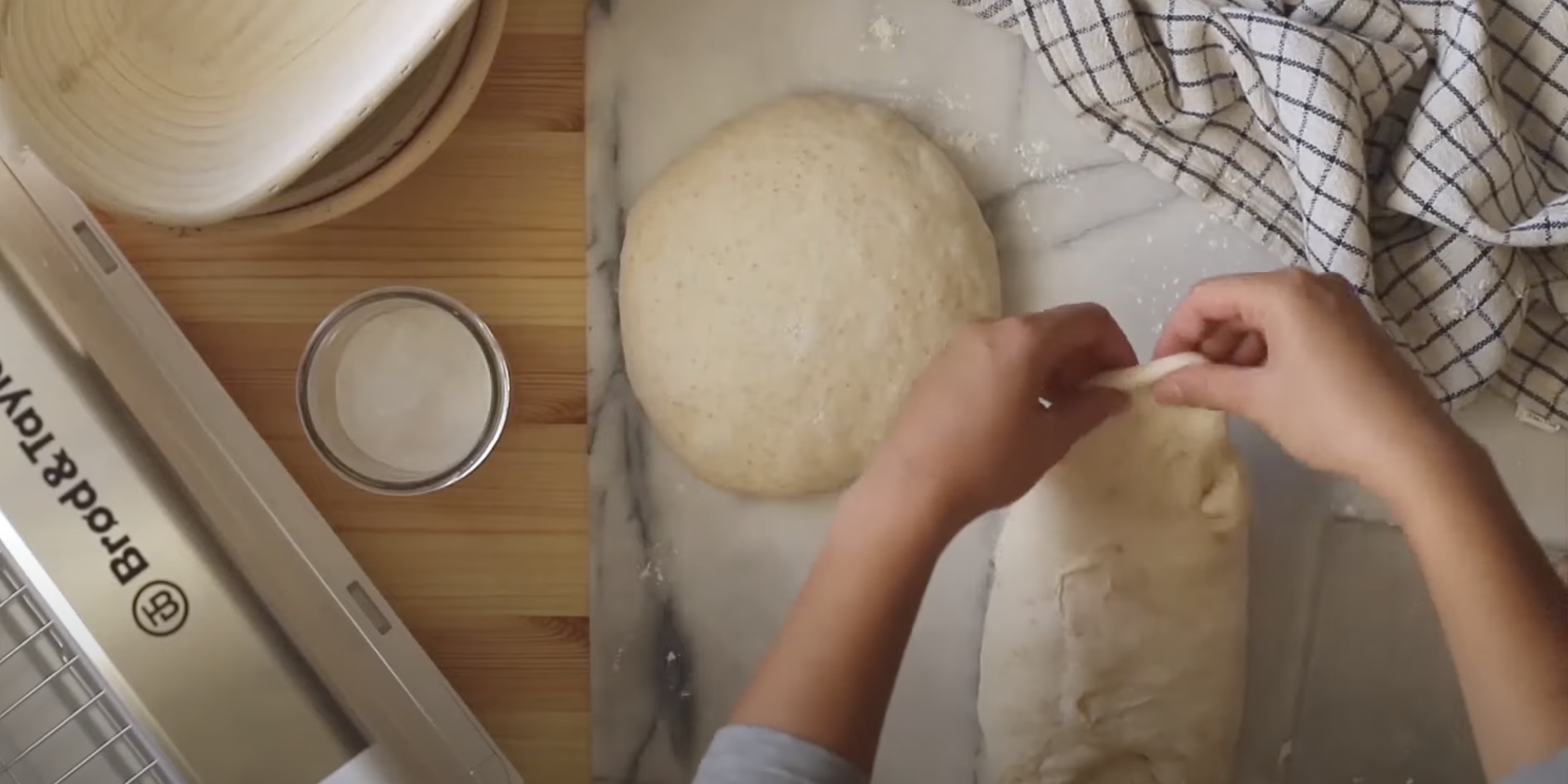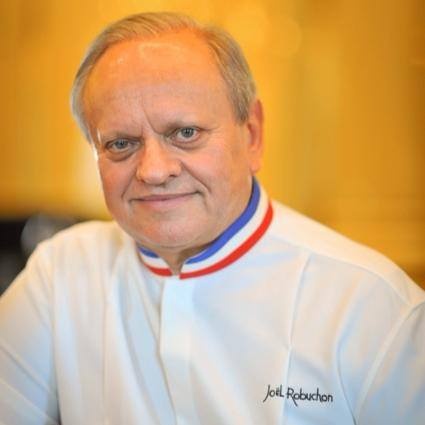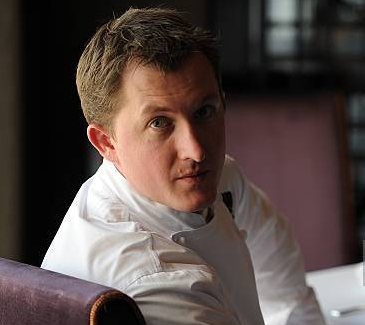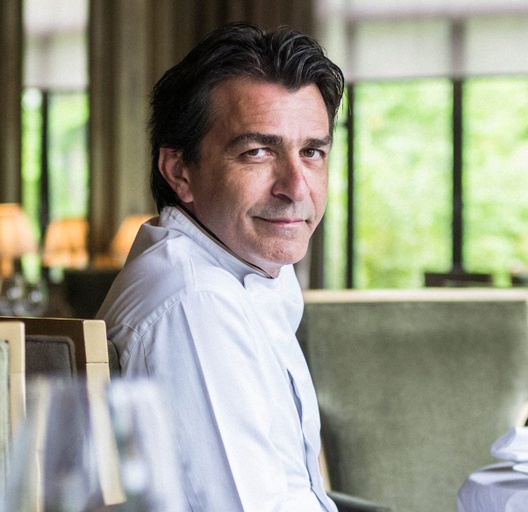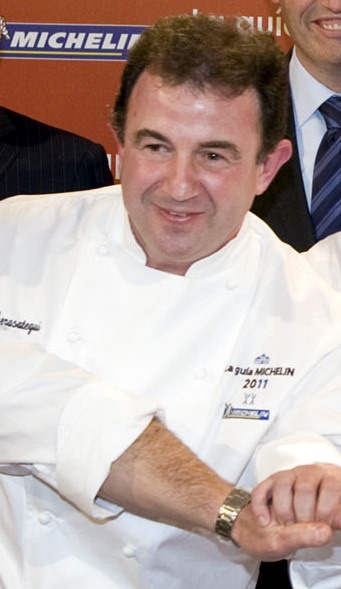About
2-quart Moroccan Tagine made of enameled cast iron and colorful stoneware
Cone-shaped lid forms an excellent seal to keep moisture and heat inside
Generous rim allows for a secure grip during transport
Hand washing recommended; oven- and broiler-safe up to 500 degrees F
Measures 12-4/5 by 12-4/5 by 11-2/5 inches; limited lifetime warranty
Inspired by the slowly simmered, heavily seasoned cuisines indigenous to North Africa, this 2-quart Moroccan Tagine by Le Creuset is a classic example of form following function. Its distinctive cone-shaped lid promotes natural steam circulation and allows for the constant return of condensation to the base, moistening ingredients and tenderizing tough fibers within cuts of meat. And because it's crafted from durable cast iron, the Moroccan Tagine retains heat longer and cooks food more evenly and thoroughly. Traditional Moroccan tagines (the dish is named for the cookware) typically include a combination of braised meat (often lamb, beef or chicken), fruits, root vegetables, nuts, and fragrant spices like cinnamon, saffron, and ginger. Measuring 12-4/5 by 12-4/5 by 11-2/5 inches, the Moroccan Tagine makes a thoughtful gift idea or a unique addition to any cook's collection.
As part of Le Creuset's line of enameled cast iron, the cookware's low-profile, high-heat, cast-iron base distributes heat evenly and provides superior heat retention--great for stovetop cooking, as well as for browning vegetables or meat before steaming. The Moroccan Tagine's colorful stoneware lid forms an excellent seal to keep moisture and heat inside, while its conical shape also helps moisture circulate throughout so there's no need to open, stir, or turn the tagine, making food preparation a snap. The cookware can be used on any stovetop surface, including induction, and be safely used in the oven (up to 500 degrees F) or under the grill/broiler for exceptional versatility. Beautiful enough for the table yet durable enough to outlive its lifetime limited warranty, the cookware should be hand washed for best results.
- Color: Kiwi, also cherry red, cobalt blue, dune (sand), and Dijon yellow
- Weight: 7 lb 11 oz
- Made In: France
- Warranty: Lifetime
- Dimensions: 10-3/4" x 8-1/4"
- Composition: Enameled cast iron, stoneware
- Manufacturer: Le Creuset
- Other versions: Cherry; Cobalt; Dune; Dijon
- Product number: L2138-2771
Ambitions
| Apparent goal: | kids | gift/registry | home kitchens | restaurants | everywhere |
|---|---|---|---|---|---|
| Intended audience: | novice | advanced beginner | good home cook | gourmet | professional |
| Diet/nutrition: | does not apply | scary | empty promises | helpful | essential |
| Green?: | not especially | neutral | mixed blessing | earth friendly | green! |
| Innovative: | step back | standing still | progress | trendy | genius |
| Problem solving: | no better | baby steps | solid steps | giant steps | a revelation |
| Competition: | outclassed | follower | in the pack | strong challenger | likely champ |
Utility/Quality
| Ease of use: | impossible | frustrating | OK | simple | child's play |
|---|---|---|---|---|---|
| Intuitive: | Ph.D. required | barely | logical | effortless | brilliant |
| Instructions: | missing | incomprehensible | adequate | unnecessary | excellent |
| Quality: | cheesy | questionable | good | years of service | impressive |
| Parts to lose: | inevitable | some/many | one-piece | self-storing | not a problem |
| Power source: | none | hands | batteries | outlet | stovetop/oven |
| Clean-up: | nightmare | wipe clean | soap & water | scouring pad | dishwasher |
| Does it work?: | not at all | adequately | well | very well | perfectly |
| Availability: | airfare required | online | kitchen store | department store | supermarket |
Packaging
| Easy to open?: | impossible | maddening | tolerable | good | opens itself |
|---|---|---|---|---|---|
| Green?: | fills a landfill | huge waste | passable | minimal waste | impressive |
Economy
| Time saving: | time wasting | not really | modest | substantial | huge |
|---|---|---|---|---|---|
| Labor saving: | less efficient | marginal | a bit | noticeable | remarkable |
| Money saving: | money wasted | none | $ | $$ | $$$ |
| Beats the old way: | worse | no change | better | definitely | entirely new |
| Where will it live?: | garage/attic | drawer | cabinet | countertop | on display |
Summary
| Fulfills ambitions: | falls short | almost there | satisfies | exceeds | home run |
|---|---|---|---|---|---|
| How often used: | once/twice | ≥daily | ≥weekly | ≥monthly | ≥yearly/holidays |
| Worth the space?: | no | does not apply | w/unlimited space | w/limited space | absolutely |
| Need it?: | a luxury | discretionary | basic equipment | for serious cooks | get it |
| Value: | ouch! | a little pricey | worth splurging | on the money | a deal |
| Overall rating: | skip it | fair | good | very good | excellent |
Comments: Simply having a tagine marks you as an interesting person,… an adventurous cook,… quite likely a world traveler. You could use it as a decoration – never cook with it – and you'd still look cool! But it you have it and use it, you are cool, way cool, in fact, and you open yourself up to some wonderful eating.
Tagine means stew and is a bedrock of Moroccan cooking, including meat or poultry, vegetables, often olives, preserved lemons, garlic, and rich in spices. We have had authentic tagines in Morocco, and can't wait to go back. We can (and do) make them at home, but there is something about the real thing in the real place!
The name tagine is also generally used for the dish in which these one-pot meals are cooked, although it's really a shortened form of tagine slaoui.
Moroccan tagines are generally earthenware and are cooked over an open fire or in a bed of coals. This tagine from Le Creuset is designed for Western kitchens with a base made of enameled cast iron, which can be used on any heating surface, including induction, halogen, and ceramic. It has a stoneware top in the traditional shape, which is ideal for the long, slow simmering of rich, flavorful recipes. It helps moisture circulate throughout the piece so there's no need to open, stir, or turn the tagine, making preparation much easier.
Our one critique it that it is a little small, with a capacity of 1-3/4 quarts. You can successfully use any of Le Creuset's recipes that come with the tagine, but we were not able to fit in whole recipes from Paula Wolfert's seminal Couscous and Other Good Food from Morocco without unfortunate spillovers. This is a small family or small dinner-party tagine.
Needless to say, coming from Le Creuset, it is wonderfully made and comes in such rich colors, you may have trouble choosing just one.
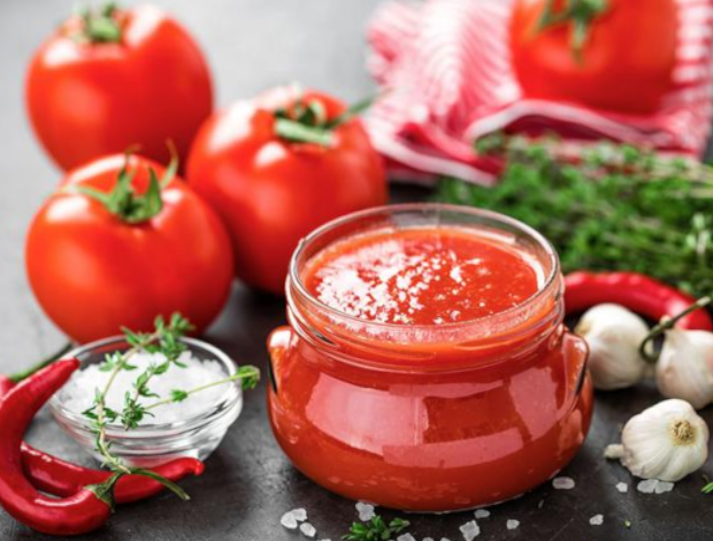
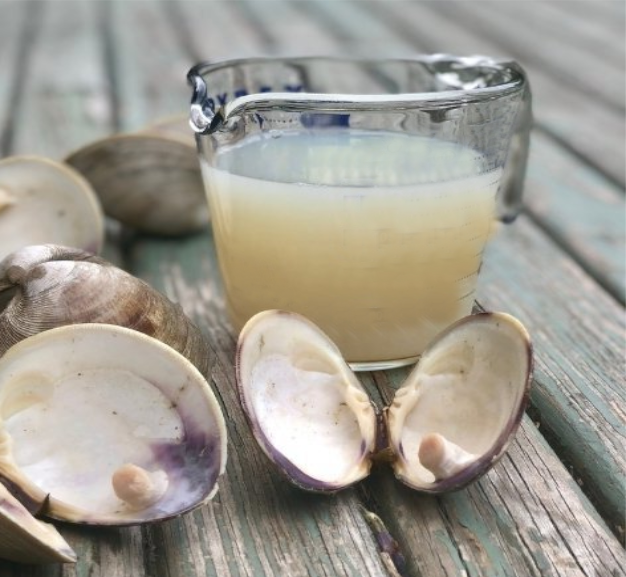
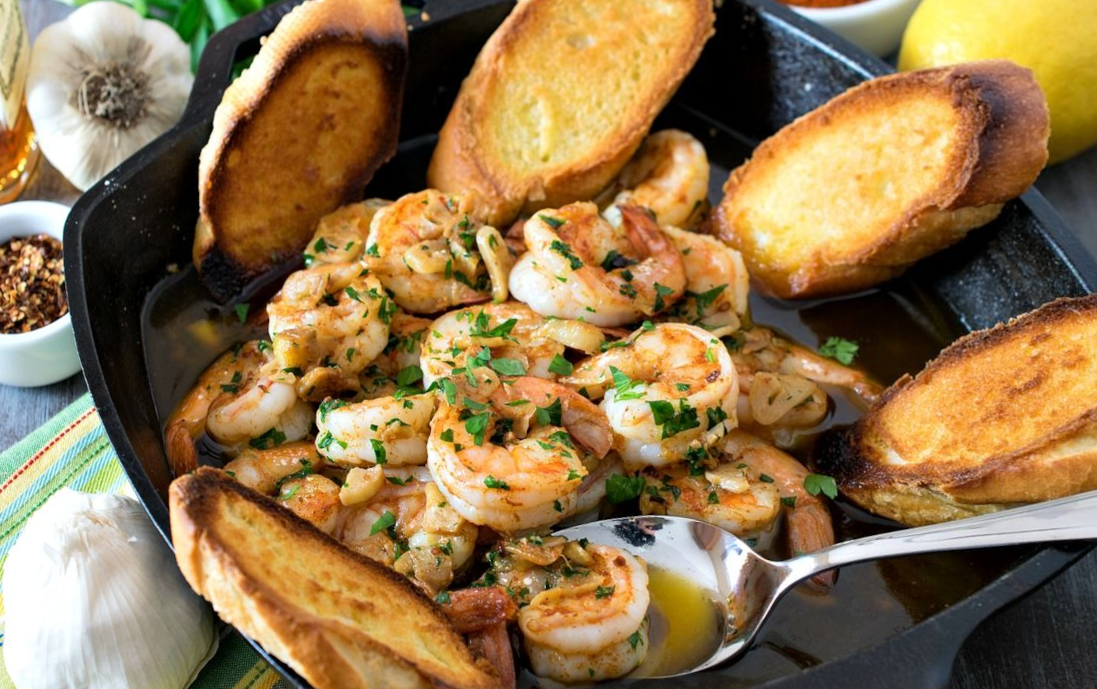

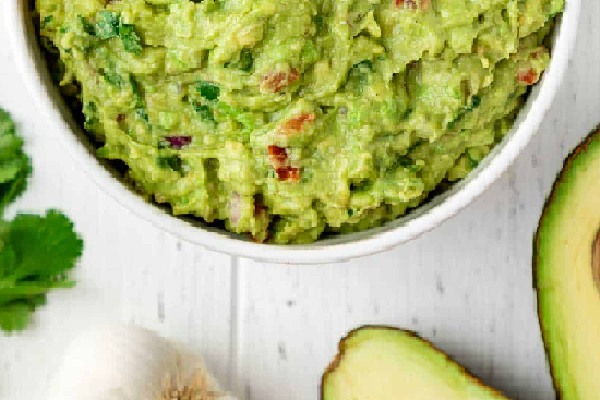
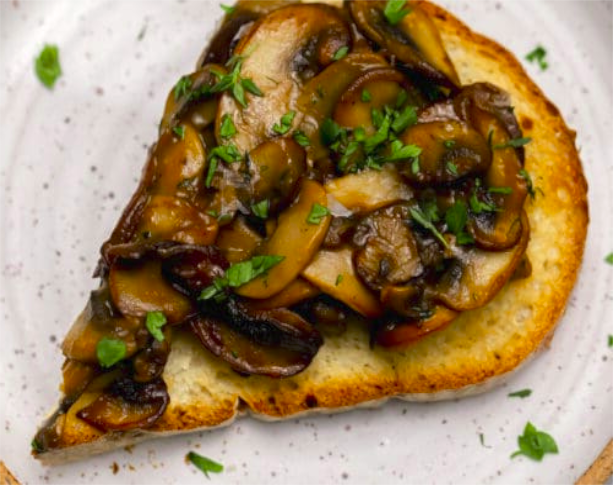
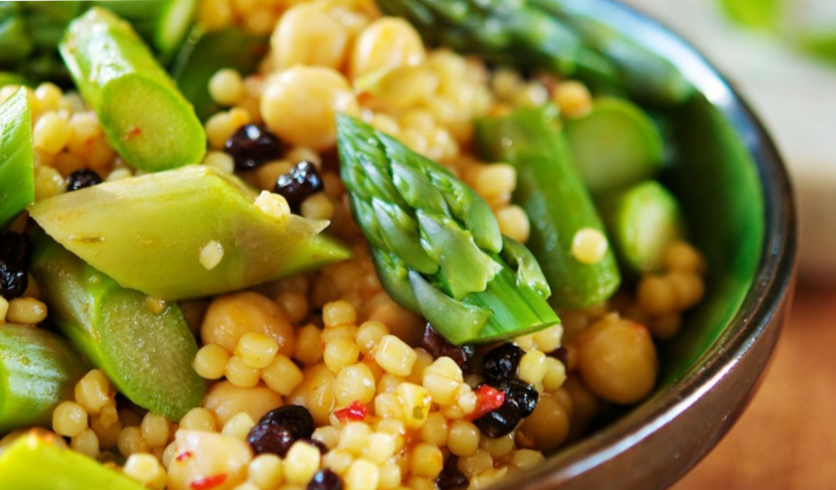

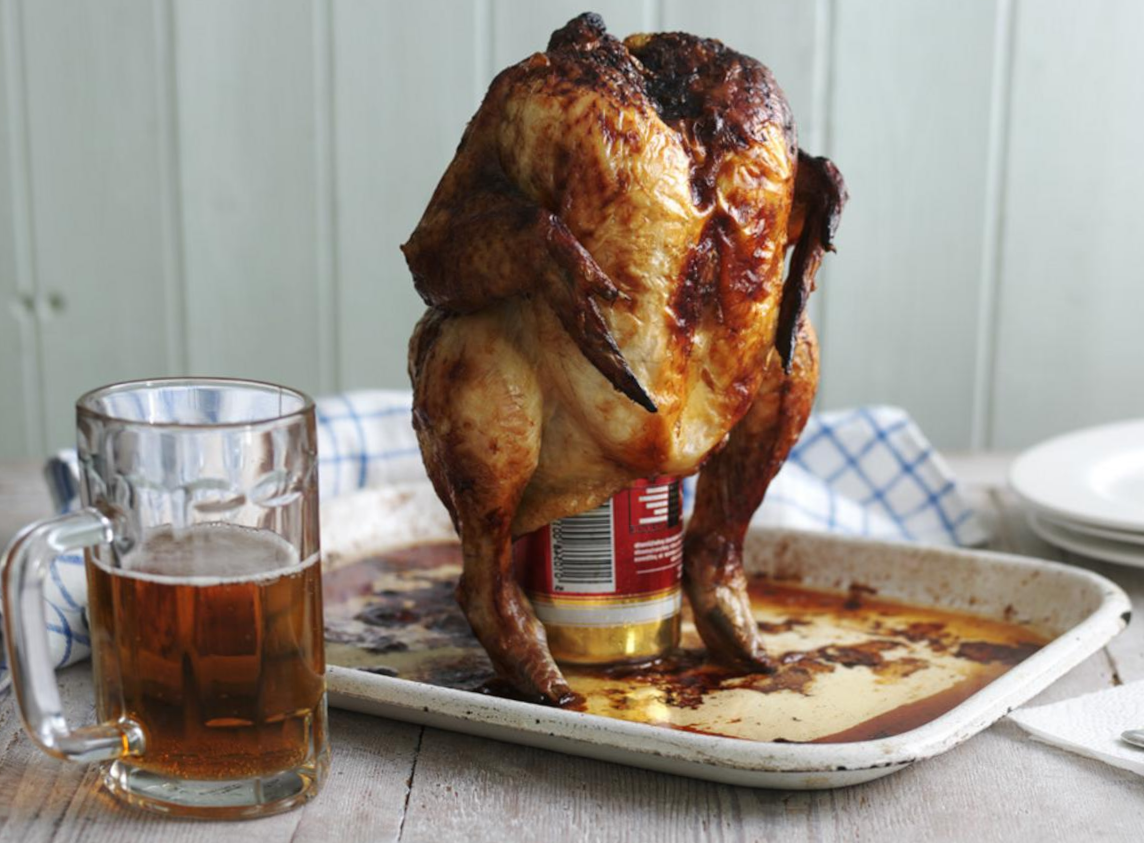
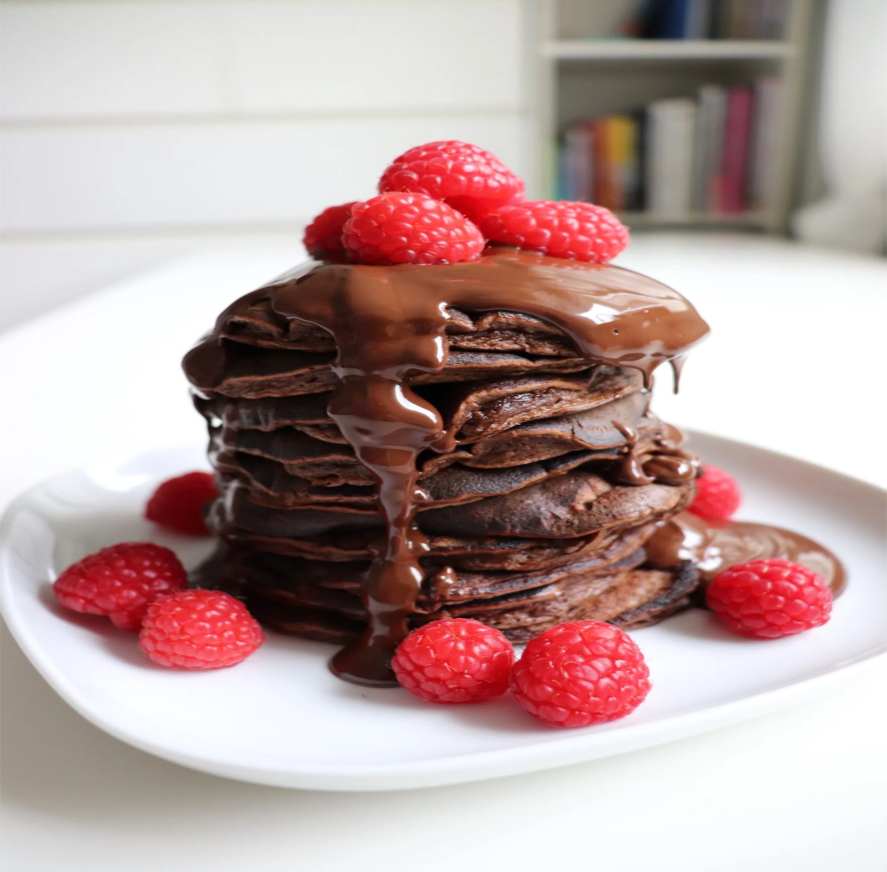
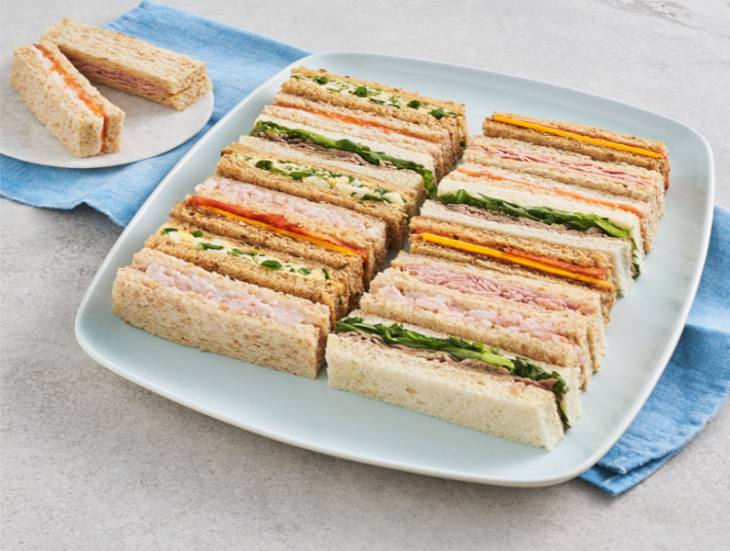




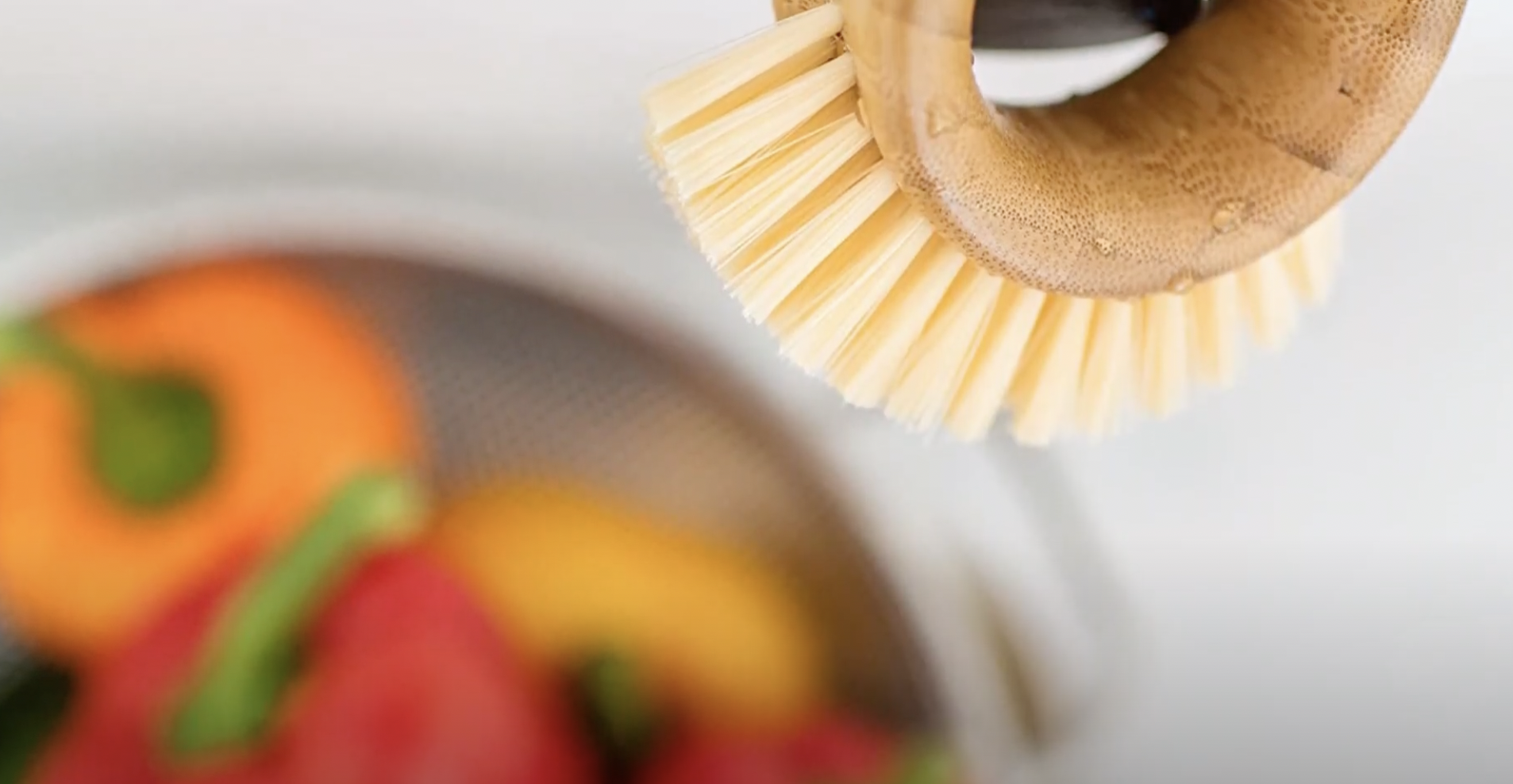
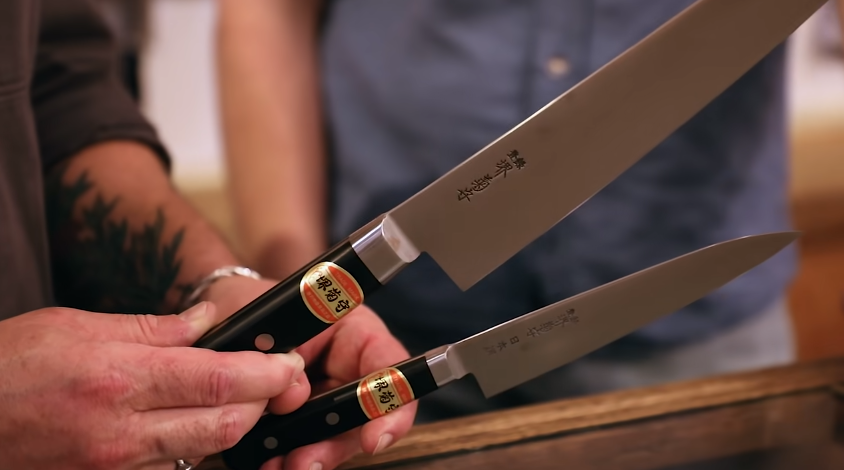
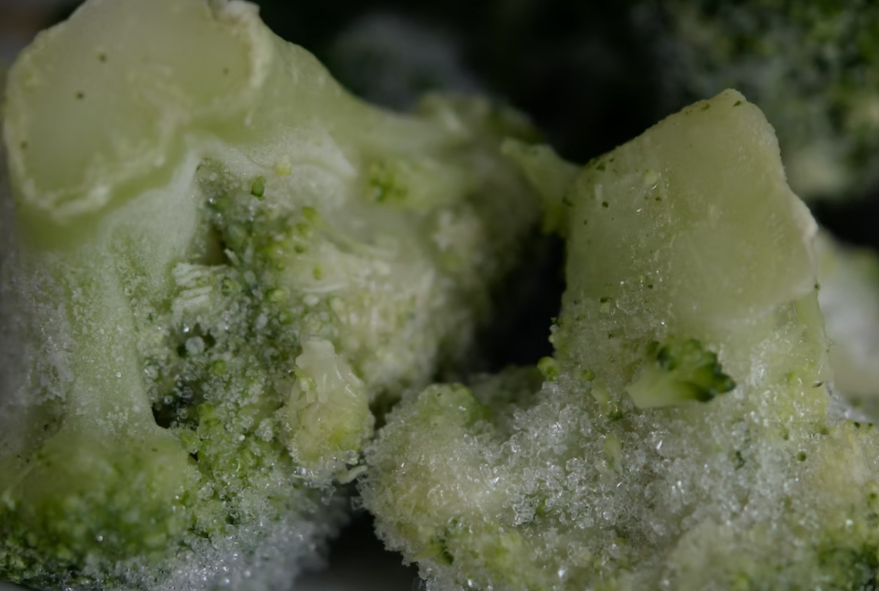
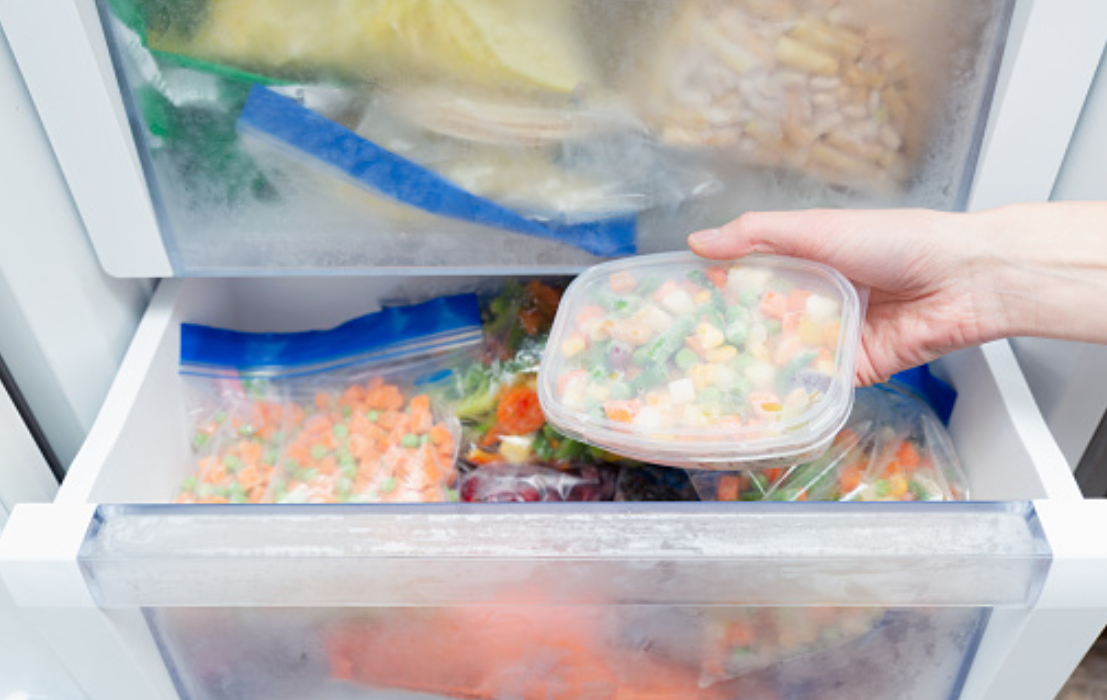
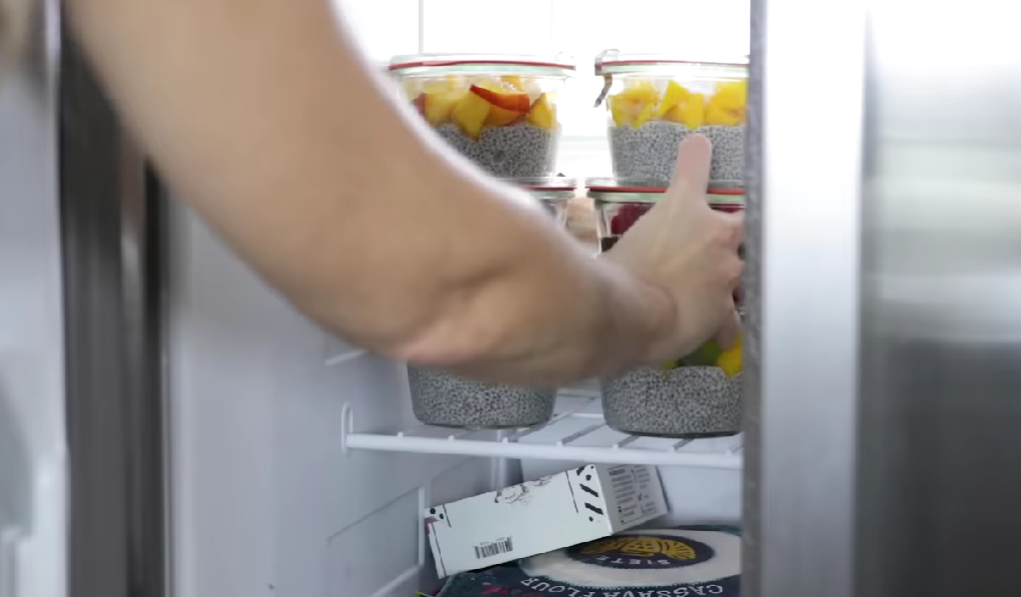
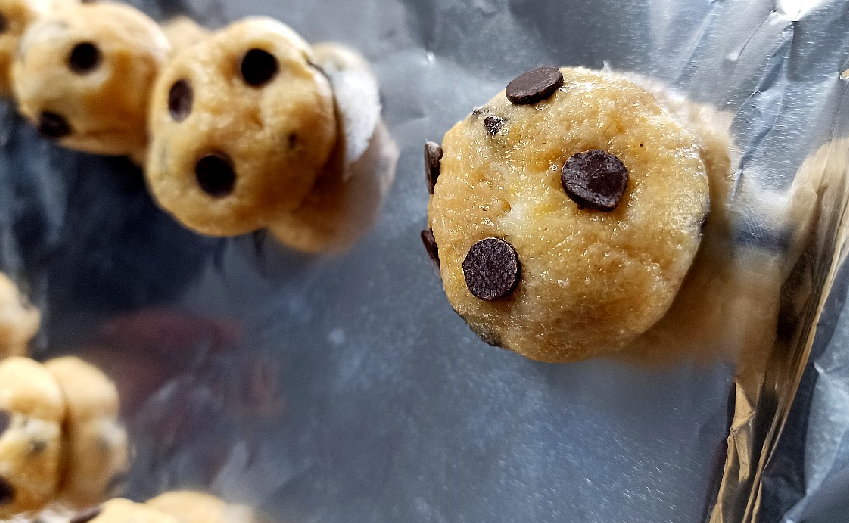
![Can you Cook Eggs in the Microwave? [Complete Guide]](/assets/images/c1f79d1cad59f18f9b5dc31403bd0eb2.png)
